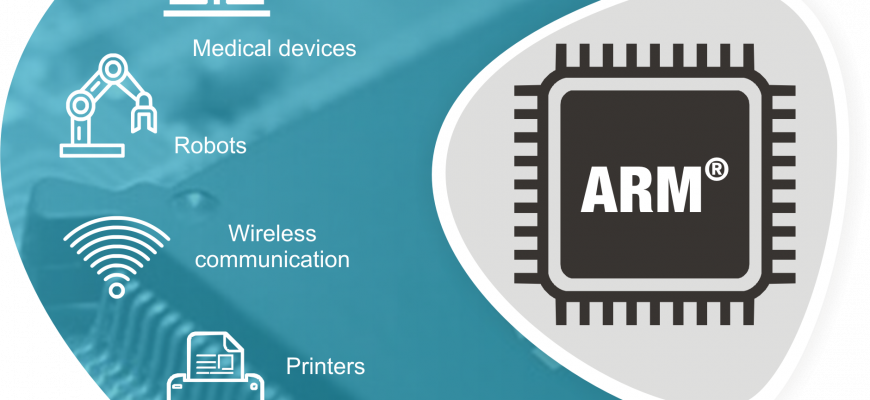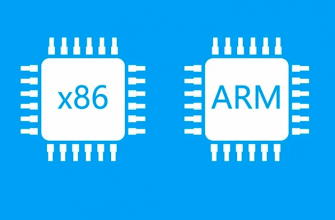ARM (Advanced RISC Machine) processors are the basis of most modern mobile devices, including smartphones, tablets, and some laptops. In this article, we will look at the main advantages and disadvantages of ARM architecture in mobile devices, turn to authoritative sources, and analyze why they have become the standard for the mobile industry.
ARM (Advanced RISC Machine) processors are the basis of most modern mobile devices, including smartphones, tablets, and some laptops. In this article, we will look at the main advantages and disadvantages of ARM architecture in mobile devices, turn to authoritative sources, and analyze why they have become the standard for the mobile industry.
Advantages of ARM architecture
Energy efficiency
The main advantage of ARM processors is high energy efficiency. Due to the simplicity and compactness of the RISC (Reduced Instruction Set Computing) architecture, ARM processors consume less energy, which allows for longer battery life.

Scalability
ARM processors are designed to be easily scalable and customizable to the needs of device manufacturers. This allows developers to tailor them to a variety of devices, from smartphones to servers, while maintaining high levels of energy efficiency and performance.
System on a Chip (SoC)
ARM architecture allows designers to integrate multiple components, such as a CPU, GPU, and memory units, on a single chip, providing an optimal combination of power and energy consumption.
Wide OS support
Most operating systems, including Android and iOS, are designed with ARM architecture in mind, ensuring high compatibility and software optimization.
Disadvantages of ARM architecture
Limited performance
Compared to some alternatives, such as x86 processors (offered by Intel and AMD), ARM processors may be less powerful for some processor-intensive tasks, such as 3D graphics or complex calculations.
Availability of different versions of architecture
ARM processors come in multiple architecture versions (e.g. ARMv7, ARMv8), which can complicate software development and creating compatible solutions across devices.
Lack of a unified ecosystem
Unlike the x86 architecture, which has a large developer ecosystem and support from Microsoft, the ARM architecture has less support and variety of software for desktop and server solutions.
| Flaws | Description |
|---|---|
| Limited performance | Less power for demanding tasks |
| Different versions of architecture | Increasing complexity of software development and compatibility |
| Lack of a unified ecosystem | Less support and variety of software for desktop and server solutions |
Conclusion
The ARM architecture has become the standard for mobile devices due to its high energy efficiency, scalability, and the ability to create systems on a chip (SoC). However, there are also disadvantages, such as limited performance and the lack of a unified ecosystem. Overall, ARM processors are ideal for mobile devices where energy efficiency and compactness are key factors.








